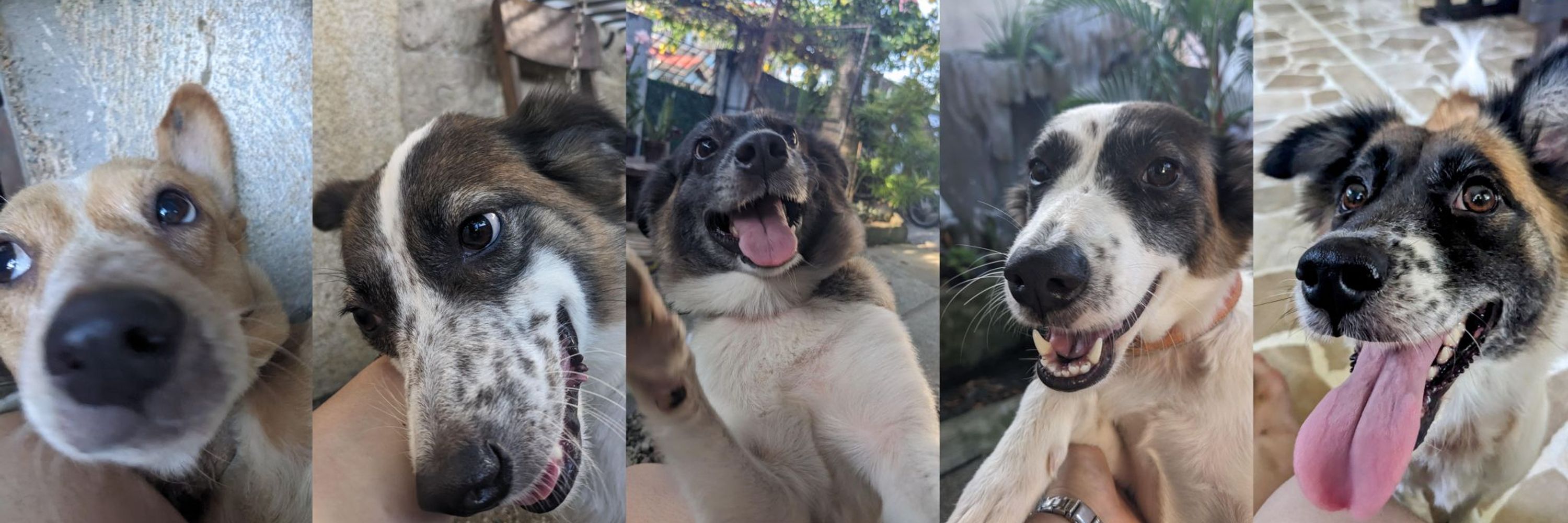
🌐 www.joshuadimasaka.com
🌐 lnkd.in/gC7Nby2n (arXiv preprint)
🌐 lnkd.in/gC7Nby2n (arXiv preprint)
🏢 AGU25, Progress, Ethics, and Accuracy in Bldg Stock Attribution (NH23D)
📍 New Orleans, LA, US
🗓 Dec 15-19, 2025
🏢 AGU25, Progress, Ethics, and Accuracy in Bldg Stock Attribution (NH23D)
📍 New Orleans, LA, US
🗓 Dec 15-19, 2025
🏢 20th Assoc. of Pacific Rim Universities Multi-hazards Conference and Symposium (APRU-MH20)
📍 UP BGC, Philippines
🗓 Nov 26-29, 2025
🏢 20th Assoc. of Pacific Rim Universities Multi-hazards Conference and Symposium (APRU-MH20)
📍 UP BGC, Philippines
🗓 Nov 26-29, 2025
🏢 8th Int'l Disaster and Risk Conference (IDRC)
📍 Nicosia, Cyprus
🗓 Oct 22-24, 2025
🏢 8th Int'l Disaster and Risk Conference (IDRC)
📍 Nicosia, Cyprus
🗓 Oct 22-24, 2025
#HelmholtzAI #AI4ER #DeepClustering #EO #UrbanMorphology #DisasterRisk #SpatialAudit #SpatialDisaggregation #Constraints
#HelmholtzAI #AI4ER #DeepClustering #EO #UrbanMorphology #DisasterRisk #SpatialAudit #SpatialDisaggregation #Constraints
#AI #DRR #EnvironmentalRisk #Cambridge #AI4ER #CDT #regional #disaster #risk #catastrophe #EO #ML #CAT #graphML #Bayesian
#AI #DRR #EnvironmentalRisk #Cambridge #AI4ER #CDT #regional #disaster #risk #catastrophe #EO #ML #CAT #graphML #Bayesian
Very thankful to our visitors who gave encouraging words on our proposed algorithm, have already expressed their intention in reading our preprint, & shared the same perspectives how AI should reasonably be used in DRR practice. Love y'all! ❤️

Very thankful to our visitors who gave encouraging words on our proposed algorithm, have already expressed their intention in reading our preprint, & shared the same perspectives how AI should reasonably be used in DRR practice. Love y'all! ❤️
✅ doi.org/10.5281/zeno...
✅ doi.org/10.5281/zeno...

